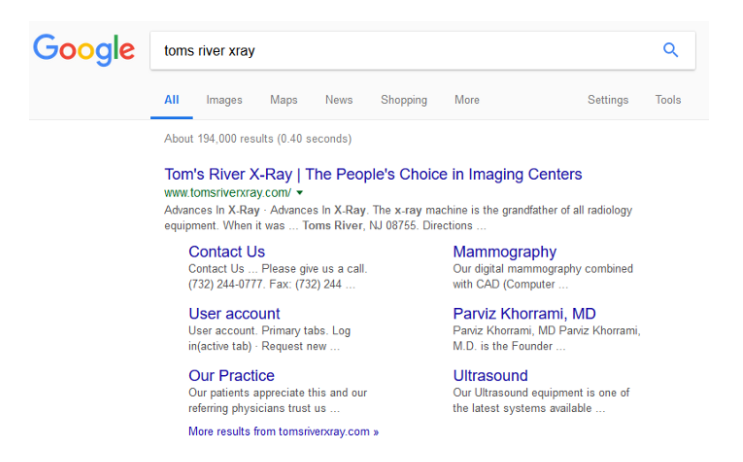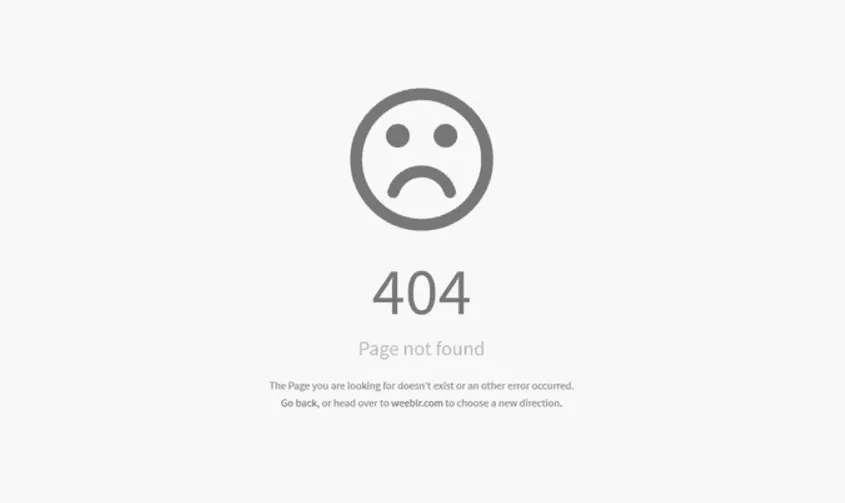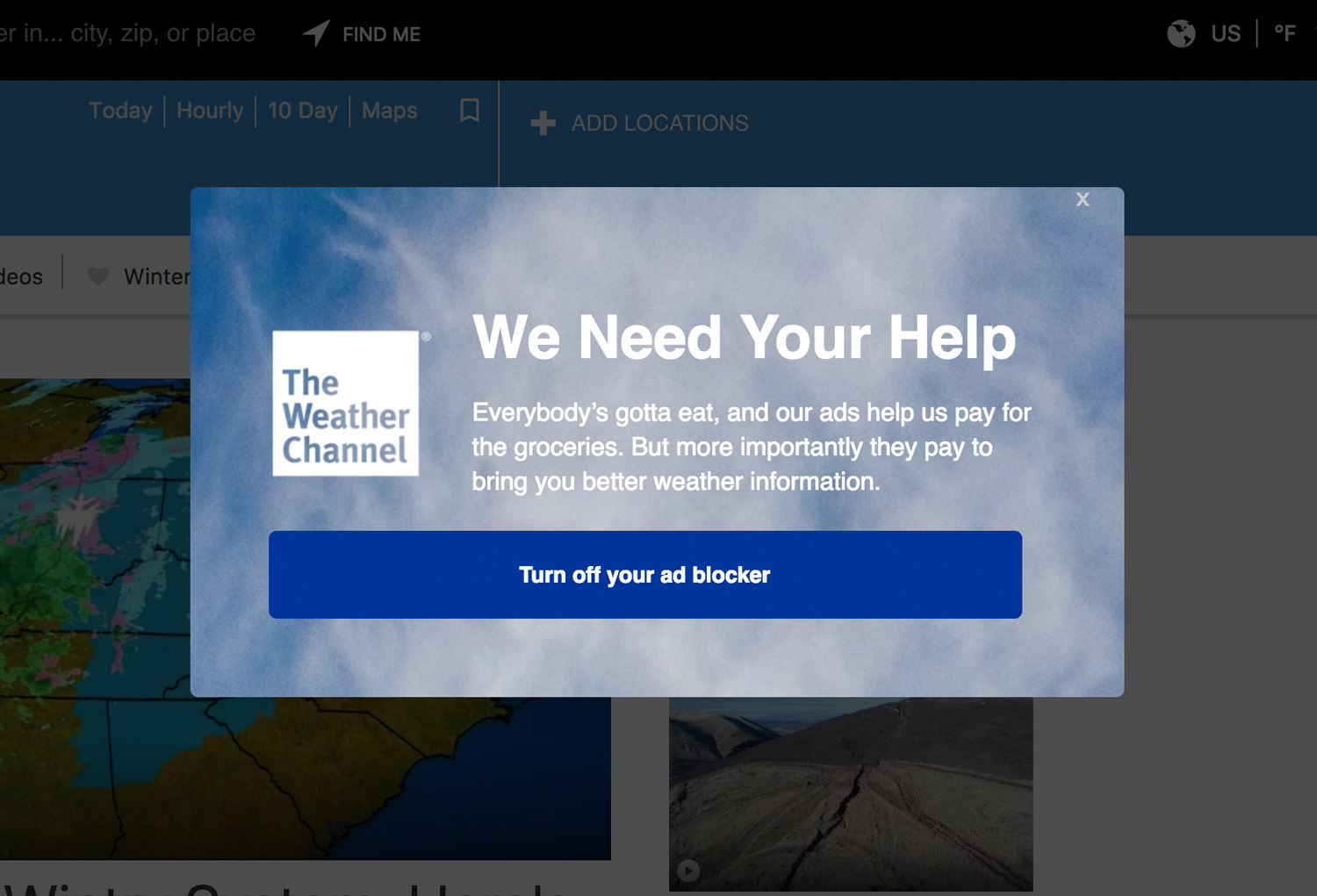In today’s SEO world, web design practices also play a key role. User experience has become a crucial search engine ranking factor. Because of that, the design of your website and how users interact with it directly affect your site’s rankings in the search results.
In this blog post, we are going to highlight a few web design practices that may have a direct impact on a site’s SEO performance. The article also has tips on what you can do to improve on each front.
1. The navigation structure of the website
Your website’s navigation structure affects many important metrics, including the average page on time, bounce rate, engagement rate, and conversion rate.
These factors not only help improve search rankings in the search engine results pages, but they also contribute to increased revenue and profits.
If users cannot find information on your website, or if they do not know where to go next, you lose them and end up leaving a lot of money on the table.
How do you create a good navigation structure? Here are a few tips:
- Keep the main menu simple. Limit the number of items on the menu to avoid confusion.
- Avoid complex and technical jargon in the main menu. Instead, use familiar terms.
- Make sure that the main menu is available and easily accessible on all web pages. Make it sticky on the top of the web page if you have to.
- It is essential to keep the menu equally accessible on smaller mobile devices.
- Add a search bar so your website users can easily find a web page that they are searching.
- Make sure that the URLs for each web page is clear, concise, and descriptive. An average user should be able to accurately guess where he is heading just by looking at the URL of a web page.
- Apart from the URLs, it is equally important to use descriptive anchor text for internal links on your website.
Creating a well-designed and creative navigation menu that also supports a website’s SEO strategy is often a balancing act. You might have to sacrifice a bit of your creative vision to create something that is user-friendly and intuitive.
For example, a hamburger menu might look good, but it won’t be the best solution for first-time visitors in terms of SEO.
A well-created menu with clear categories may also lead to rich results on the search page. This may increase credibility and organic click-through rate. Here is an example.
2. The ‘404’ page
It is safe to say that a user will likely quit your website if he encounters a 404 error page.
The ‘404’ error pops up when either there is a dead end because of either a broken link or a page that does not exist anymore. Most 404 pages look like this.
As you can see, this web page does nothing to hold users on the website.
However, with a little bit of creativity and strategy, you can turn it into a user-friendly page that encourages visitors to stay on your website. Here are a few tips to make your 404 pages work for you and your site’ SEO strategy:
- Do not use a generic design. Be creative and design a 404 page that is interesting and attention-grabbing.
- Clearly communicate that the user has followed a wrong link or the page does not exist.
- Add a search bar functionality to your 404 pages to give visitors another opportunity to find specific content.
- List the most important web pages on the 404 page and encourage visitors to check them out.
Ideally, your website should not have any dead links, but eliminating the possibility of the 404 error is impossible. A website user may trigger the 404 page by manually typing the wrong URL, for instance.
Therefore, you must prepare for it by creating a unique yet helpful 404 web page. This will allow you to keep your visitors on your website, increasing their on-page time, and reducing the bounce rate. These positive signals will later help you in search engine rankings.
3. The loading speed of a website
How quickly your website loads is an important search engine ranking factor. The way your website is designed can have a massive impact on how fast your web pages load.
Use our free tool to check the loading speed of your website. Ideally, your website should take less than one second to load.
If yours take longer, use the following tips:
- Minify your CSS and JS files
- Use compressed images (more on images in the next subheading!)
- Use a CDN if possible
- Minimize HTTP requests
- Minimize the use of redirects
- Use a caching solution
- Upgrade your web hosting solution
4. Images, image size, and alt text
Almost all websites use images.
Relevant and interesting images help increase the average on-page time and the engagement rate on your website.
However, using a lot of images might slow down your website, which is a big problem. As we just discussed, a slow-loading website is terrible for search engine rankings. Also, what if your images do not load at all? What are the users going to see then?
Here are a few tips to follow when using images:
- Add relevant keywords to the title of the images.
- Make sure to add a descriptive and keyword-rich alt text to each image you use. Since search engines can’t understand images, they use alt text to understand and index the images for particular keywords. The alt text is also used when an image fails to load.
- It is important to use compressed images to reduce server load and increase the site’s loading speed.
5. Pop-ups
In many websites, pop-ups appear as soon as a search engine user lands on the website. That’s a bad practice for two reasons:
- You lose credibility. That user is looking for information, while you are serving ads and pop-ups.
- Second, upon seeing the pop-up right away, the visitor might get frustrated and instantly quit your website. This sends a negative signal to Google that users might not be happy with your website in the search engine results page. If it is not a perfect fit that keyword — which this negative signal suggests — Google would likely demote your page in the SERPs.

Minimize the use of pop-ups. If you have to promote an event or a free lead magnet, consider using an exit-intent pop-up that only appears when the user is about to quit the website.
6. Reading experience
It is arguably the most critical part of your website design that will significantly affect the effectiveness of your SEO strategy.
Online users want information. They browse the internet and different websites to consume content and find answers to their questions. Your website should be designed in a way to provide those answers in the easiest and most user-friendly way.
A pleasant reading experience may lead to higher on-page time, lower bounce rate, and an increased engagement rate. All those factors (and more) eventually translate into better search engine rankings.
Here are a few tips to help you create a fantastic reading experience on your site:
- Do not choose dark background colors. Keep it white and clean.
- Leave ample white space.
- Use large font sizes.
- Use a font that is easier to read. Many people prefer a sans serif font.
- Divide your content into headings, subheadings, bullet points, etc.
- Use shorter sentences and paragraphs to make it easier for your readers to consume the content.
- Use images, infographics, and videos to divide the content and keep it interesting. Nobody likes a massive wall of text.
Learn more about web typography here.
Conclusion
Traditionally, web design and SEO have been two separate aspects of an online business. However, now the lines have somewhat blurred.
A well-designed website ensures a better user experience, which is now a crucial factor in search engine optimization. It’s important to understand that these two aspects are now intertwined and both play an important role in ensuring your website remains at the top of the SERPs.
